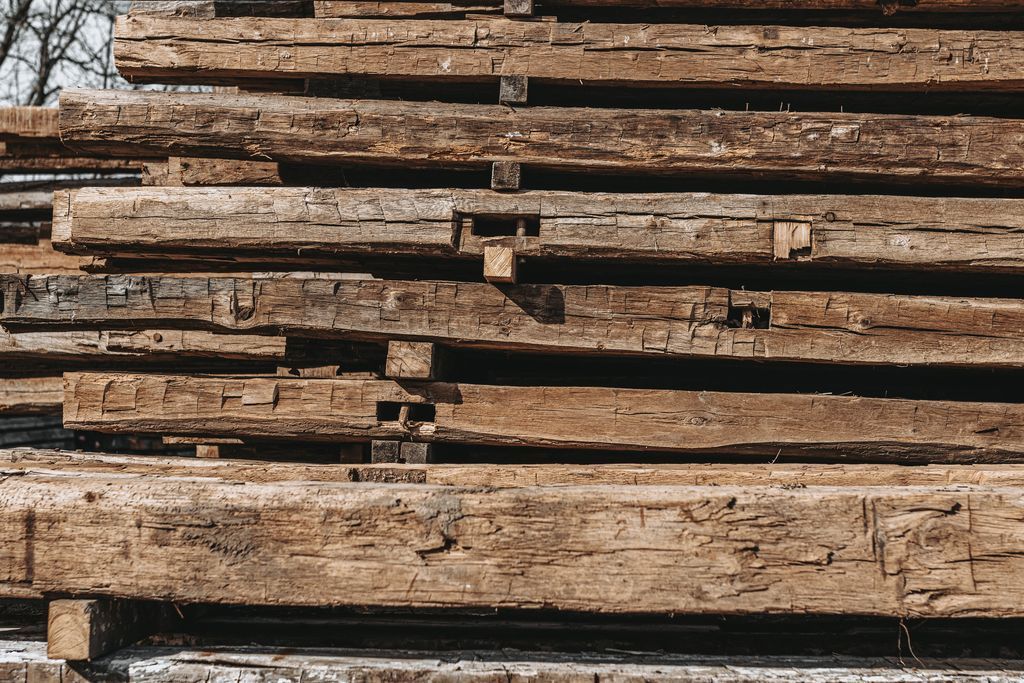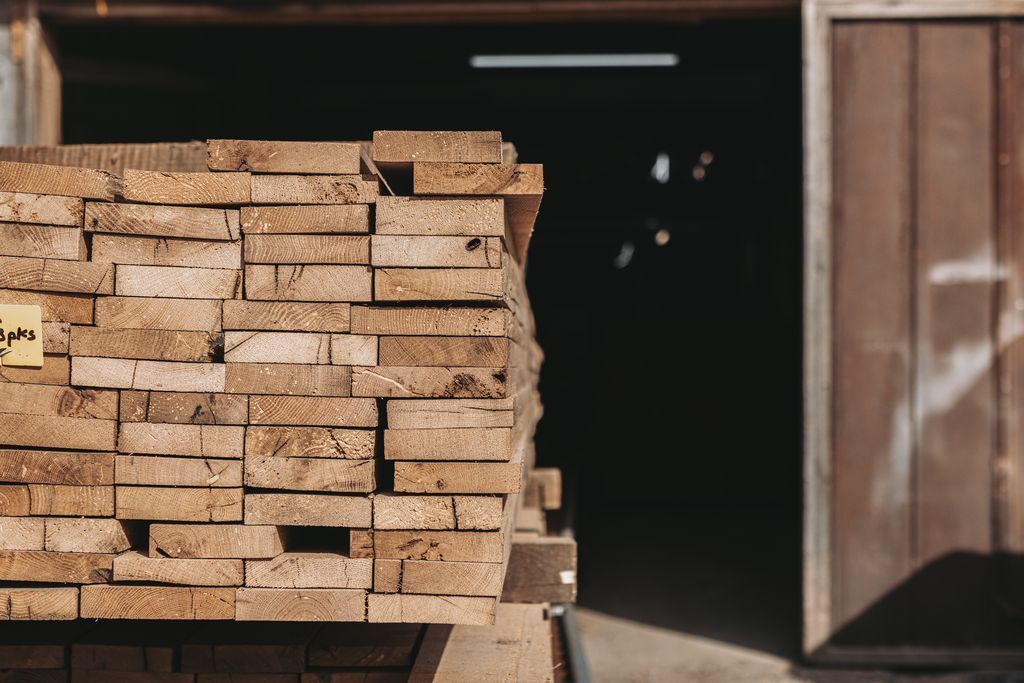How Timber Humidity Levels Can Make Or Break Your Project
Manage wood moisture for strong, durable, and successful projects.

When you’re working with wood, keeping track of its moisture level may not be the first thing on your mind, but it should be. Timber humidity levels can make or break your project. Too much moisture can lead to warped boards, cracks, or even long-term structural issues.
Understanding and managing this key factor will make your project last and look great for years to come.
What Are Timber Humidity Levels?
Timber humidity levels, also called moisture content, measure how much water is inside the wood. This number is shown as a percentage of the wood's dry weight. Freshly cut wood can have more than 50% moisture content. On the other hand, kiln-dried wood, which is dried in a controlled environment, is usually between 6% and 12% moisture.
Wood naturally absorbs or releases moisture depending on its environment. This process, calledequilibrium moisture content (EMC), continues even after the timber is in place. That means your wood is always adapting to changes in humidity around it.
Why Are Timber Humidity Levels Important?
Strength and Stability
When timber has too much moisture, its fibers weaken, making it less sturdy. If wood dries too quickly or unevenly, it may crack, warp, or split, which can threaten the strength of your structure. A sturdy frame or beam depends on timber that’s been dried properly.
Shape and Size
Wood changes shape as it loses or absorbs water. It tends to shrink across its width and expand when it takes on moisture. For example, a 2x10 board can shrink about 1/4 inch in width if it dries from a "green" state to a moisture level of 12%. If you don’t plan for this natural movement, joints and connections in your project can fail.
Protection Against Decay and Pests
Fungi and insects love damp wood. If timber moisture content rises above 20%, it becomes a hotspot for mold and pests. When moisture passes 28%, it creates the perfect conditions for fungal growth. Controlling moisture is key to keeping your wood safe from rot and bugs.
The Best Moisture Levels for Different Uses
Each project has its moisture content requirements. Here’s a guide to follow:
- Indoor Structures: Keep moisture levels at 6-12% for heated environments, like homes.
- Outdoor Projects: Aim for 19% or less, depending on your local climate.
- Flooring and Trim Work: These need extra care. Moisture levels should stay between 6 and 8% to avoid noticeable gaps or warping.
- Large Timber Beams: These can handle 15-19% due to their size and slower drying.
How to Check Timber Moisture Levels
To manage moisture levels, you’ll first need to measure them. Here are common tools and methods:
Pin-Type Moisture Meters
These tools use metal pins that pierce the wood to measure its electrical resistance. Higher moisture content means the electricity flows more easily, giving you a moisture reading. Pin meters are good for surface checks but may not show what’s happening deeper inside.
Pinless Moisture Meters
These meters work by sending electromagnetic waves through the wood. They don’t leave holes, so they’re great for finished wood. However, they may need adjustments for different wood species or coatings.
Oven-Drying Method
This method involves weighing a sample of wood, drying it completely in an oven, and re-weighing it. Based on the weight difference, you can calculate the moisture content. It’s extremely accurate but destroys the sample, so it’s not practical for large projects.
Managing Moisture in Your Timber
Store Wood Correctly
Always store wood off the ground and in a well-ventilated space. Use spacers (called stickers) between stacks of timber so air can circulate and dry the wood evenly. If stored outdoors, cover the top to keep rain off but leave the sides open for airflow.
Acclimate to Avoid Problems
Let wood adjust to the environment where it will be used. This step, called acclimation, helps reduce warping after installation. Plan to give the timber 1-2 weeks to settle in its new space before using it.
Keep Climate Stable
Once construction starts, use climate controls like heating or air conditioning to prevent sudden changes in temperature or humidity. Big shifts can cause timber to crack or split, even if it’s been properly dried.
Monitor Regularly
Keep an eye on moisture levels during and after installation. Seasonal changes might cause some movement, but extreme shifts may indicate ventilation or water damage issues that need to be fixed.

Common Moisture Problems and Fixes
Cracking or Splitting
When wood dries too fast, it can crack on the surface. While some cracks, or "checks," are normal in large beams, deeper breaks may weaken the timber. To avoid this, dry wood slowly and seal its ends to stop moisture from escaping too quickly.
Warping or Bowing
Uneven moisture across the wood’s surface causes it to bend or twist. This can happen during storage or installation. Proper stacking and support help reduce these problems.
Loose Joints
If wood shrinks too much, gaps can form in joints. When designing your project, make sure connections allow for some natural movement.
Fastener Issues
Moisture changes can cause nails, screws, and bolts to become loose. Pre-drilling holes and using the correct fasteners can reduce this risk.
How Wood Changes with Moisture
Think of wood cells as tiny straws. When water leaves these cells, they shrink, but mostly across their width rather than their length. That’s why boards become narrower as they dry.
Some woods, like oak, are denser and don’t move as much, while others, like pine, are less dense and more prone to swelling or shrinking.
Understanding these natural processes helps builders create better designs that last.
Build with Confidence
Managing timber's moisture content is crucial to your project's success. By taking proper steps to store, acclimate, and monitor your wood, you can create a structure that stays strong and beautiful for many years. Good moisture management isn’t just about preventing problems; it’s about building better, more durable projects.
At Bay & Bent, we’re passionate about working with high-quality timber, both new and reclaimed. Whether it’s preserving the unique character of historic wood or ensuring that new timber meets exact standards, we bring care, expertise, and attention to every piece we use.









